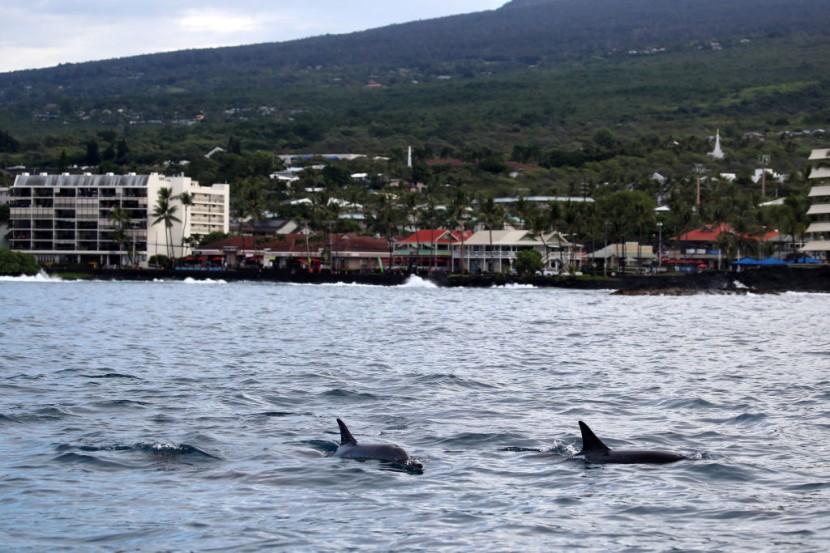
In the midst of a catastrophic drought and record-high water temperatures that have in some areas topped 102 degrees Fahrenheit, more than 100 dolphins have been discovered dead in the Brazilian Amazon.
According to the Mamirauá Institute, a research center supported by the Brazilian Ministry of Science, all of the deceased dolphins were discovered in Lake Tefé over the previous seven days, as reported by CNN.
According to the institute, an unusually high number of fatalities may have been brought on by record-high lake temperatures and a long-lasting drought in the Amazon.
The finding is expected to increase climate experts' fears about the impact of extreme droughts and human activity in the area.
The largest river in the world, the Amazon, is currently experiencing its dry season, and a number of river fauna species are experiencing heat records.
According to CNN Brasil, researchers and activists are attempting to save any remaining dolphins by moving them from lagoons and ponds on the outskirts to the main river body where the water is cooler. However, the operation is challenging due to the remoteness of the area.
The Amazon drought is also impacting the economy. In Amazonas State, 59 towns have reported below-average water levels, hampered river transportation and fishing.
Over the next weeks, authorities anticipate even more severe droughts, which could cause additional dolphin deaths.
The Possible Cause of Death
Ayan Fleischmann, a geoscience researcher at the Mamirauá Institute, said numerous potential causes, such as sickness and sewage contamination, were being looked at, as reported by The Guardian. However, he asserted that the temperature and depth of the water were "certainly a main component" of the mass fatality. "Last night at six o'clock, Lake Tefé exceeded 39°C (102.2°F). To put things in perspective, people would consider 37C to be a hot bath.
Brazil has experienced exceptionally harsh weather in recent months, much like other regions of the world, as a result of human-caused climate disruption and El Nio. Intense rainstorms have inundated large areas of the country's south, while an extremely severe dry season has left the north parched.
Tefé's 70,000 inhabitants are facing a crisis. Officials from the state of Amazonas claim that the village is one of 15 experiencing an emergency. Local leaders have traveled to Brasilia to ask the federal government for humanitarian relief since the drought is predicted to worsen in October, and water shortages are already affecting a wider area.
Read also : Loneliest Whale Lolita Dies at Miami Seaquarium After Five Decades in Captivity Before Being Freed
Dolphins: A Sign of River Health
For individuals who live along a river's banks, the presence of dolphins is a sign of the river's health. They are either pink or grey and are referred to as boto in the Amazon. They eat piranha. In traditional culture, where they are occasionally alleged to assume human form and impregnate women, they also hold a semi-mythological significance.
Botos are considered an endangered species by the International Union for Conservation of Nature. Despite being once diverse and numerous, there are now only six species of freshwater dolphins extant in the world. Due to pollution, river traffic, dams, and overfishing, one of them, the Yangtze River dolphin, also known as the baiji in China, is all but extinct. It has been on Earth for 20 million years, but since 2002, no one has seen it.
© 2025 HNGN, All rights reserved. Do not reproduce without permission.








